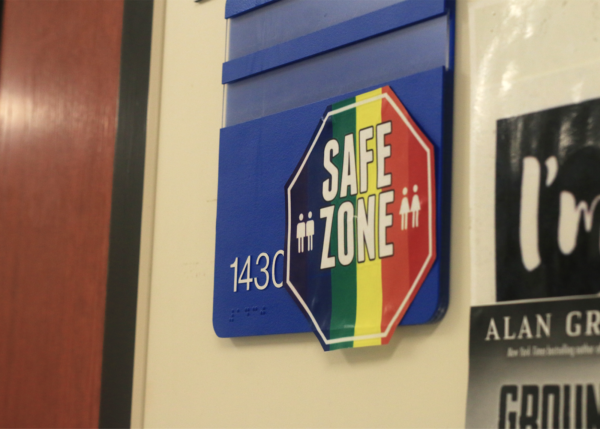Feedback from dress code survey to be presented to school board Monday
At Monday’s board work session, the LISD dress code committee will present feedback from a survey regarding a possible change in dress code for grades 6-12.
“LISD has an obligation to continue to review all policies and regulations so that we can best serve all students and families in the district,” LISD Chief Executive Director for Student Support Services and head of the dress code committee Jeffrey Kajs said. “If any adjustments need to be made, we want the entire community to have the opportunity to provide their thoughts.”
The committee sent the survey to parents and students and accepted responses through April 5. The committee consists of 56 parents, students, teachers and administrators.
“The committee [is] a group of teachers, principals and committee members, so it is a wide variety of people,” assistant principal Rachel Flanders said. “Part of their process of reviewing the dress code was [putting] out the survey to reach more people and get more feedback.”
The survey asked questions about hair color, the length of shorts and skirts, hats and the role dress code plays in an academic setting.
“LISD Administration owes it to the communities, parents and students to review all policies to ensure that all things are in line with current law,” Kajs said. “Though dress code is not a law or board policy, it is an administrative regulation. We can all agree that over the years, society has changed and expectations of what is allowable and appropriate has changed as well.”
Currently, the LISD dress code states that hair cannot cause a distraction and non-natural colors should not cover more than 25% of a student’s hair. Shorts and skirts must come to mid-thigh, leggings must be worn with a shirt that drapes to mid-thigh in both the front and back and hats or any other non-religious head coverings are prohibited.
“I don’t think the student body should be sexualized by showing their shoulders or their thighs,” senior and president of LISD S.E.E. Nandita Kumar said. “I think we should just normalize wearing things that make you comfortable. It shouldn’t change the way people treat you or respect you.”
Currently, the Hebron discipline protocol is to correct any dress code infractions and then move on to consequences, depending on the type of violation.
“I think we are getting closer to a day in age where the dress code doesn’t really affect students and the adults are slowly coming along with that as well,” Flanders said. “The priority here is to learn. Ten and 15 years ago, the thought was technology interfered with [education], but now we are using it every single day, so at some point, as much as we think dress code has an impact [on education], it will slowly not.”

Senior Kate Knauff is the news section editor and this is her third year on staff. She enjoys drinking coffee, hanging out with her friends and watching...









